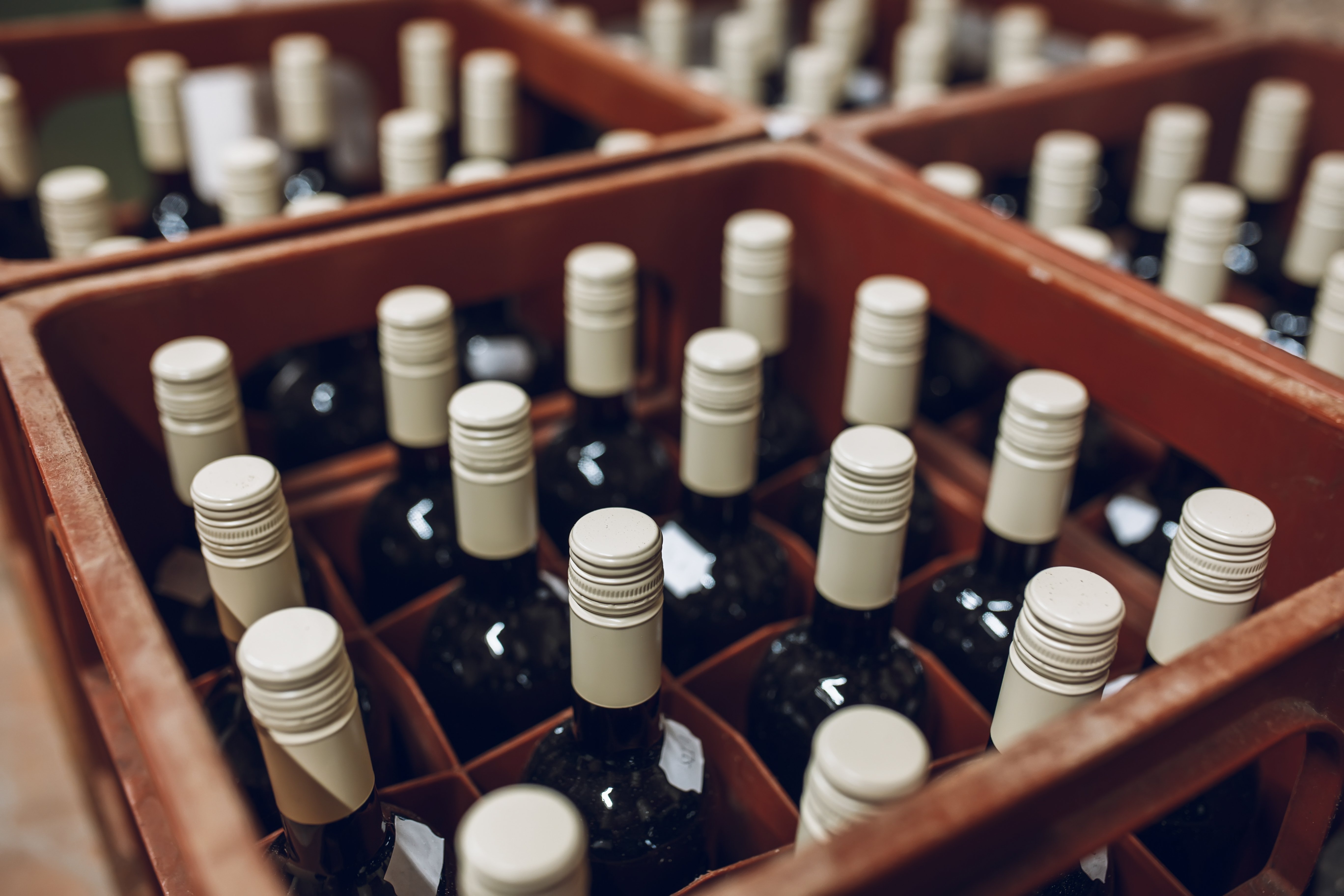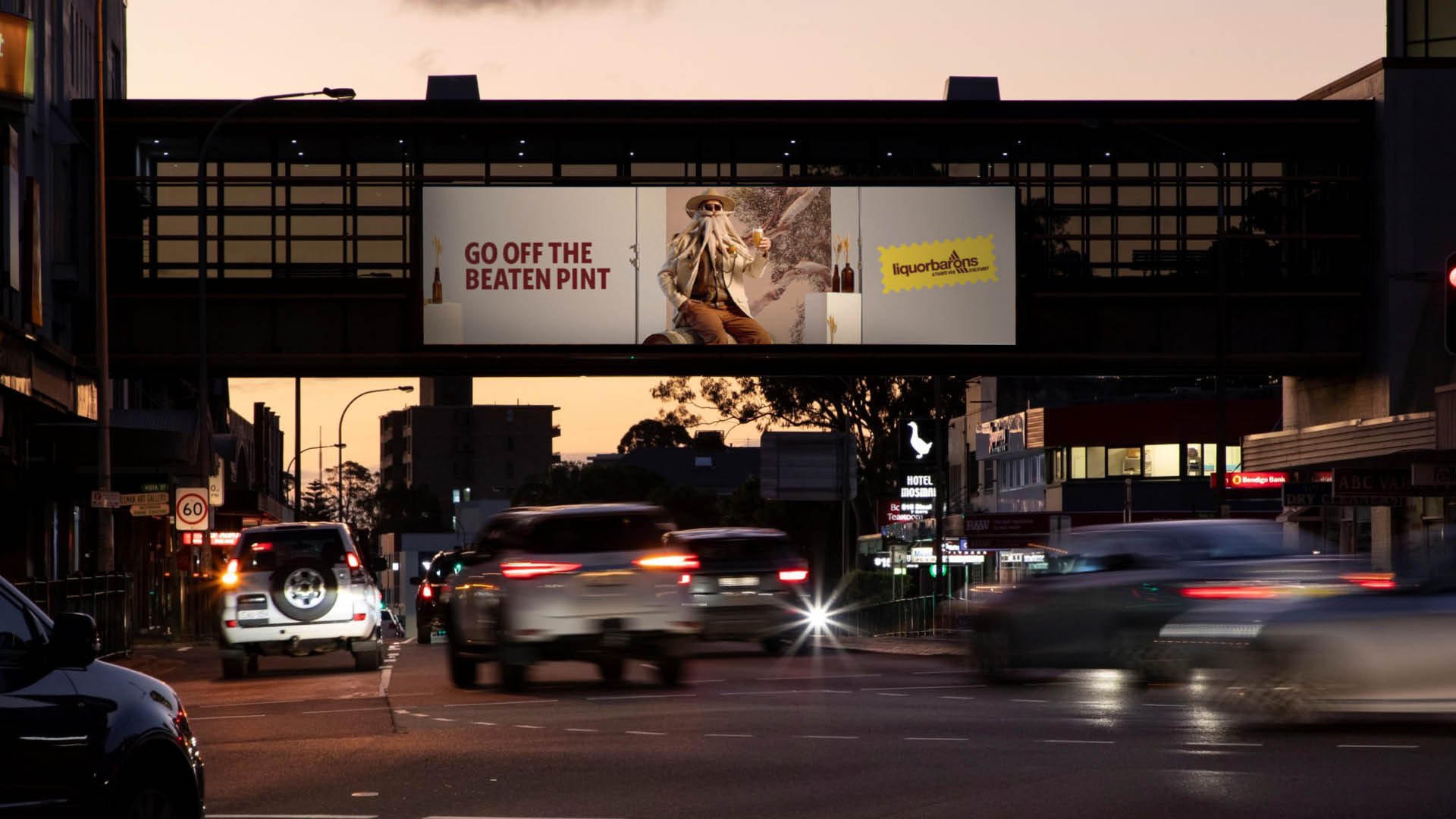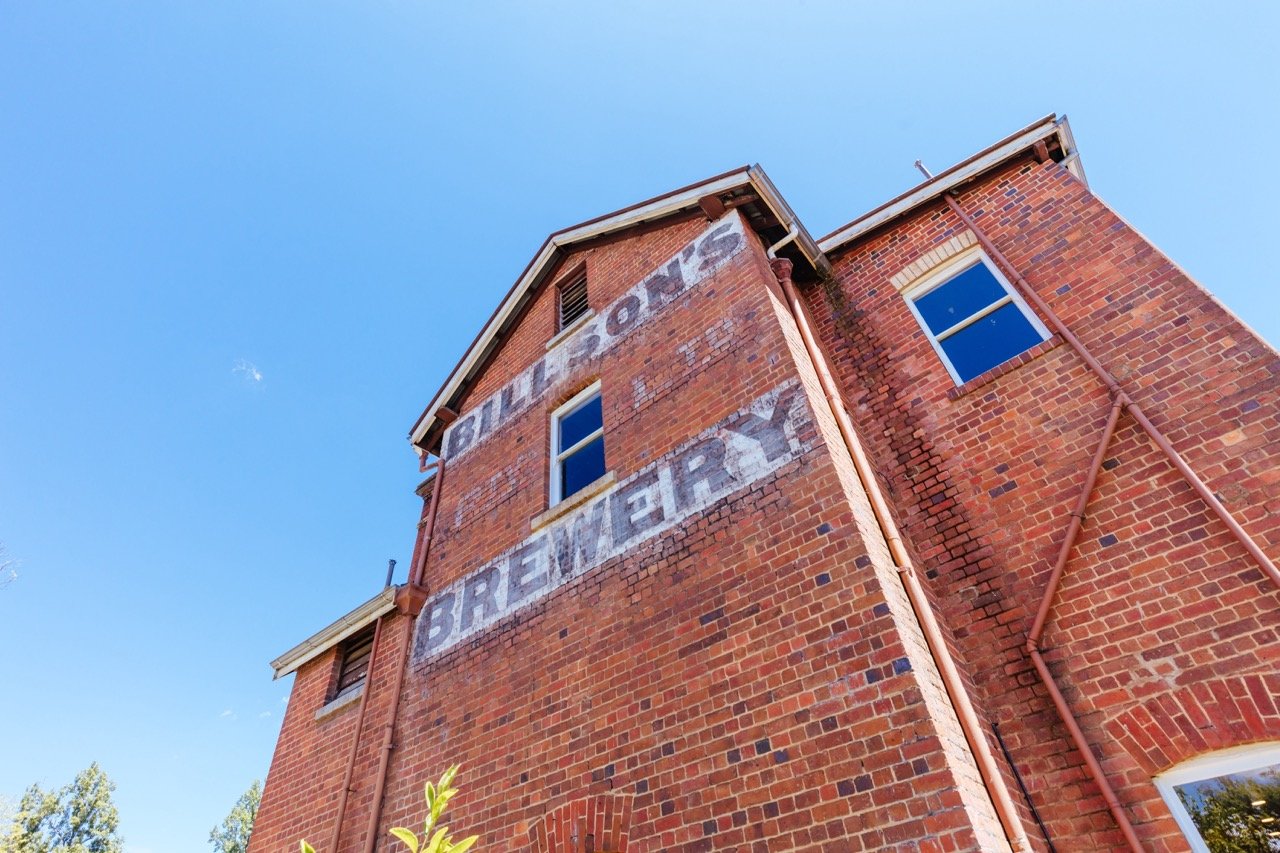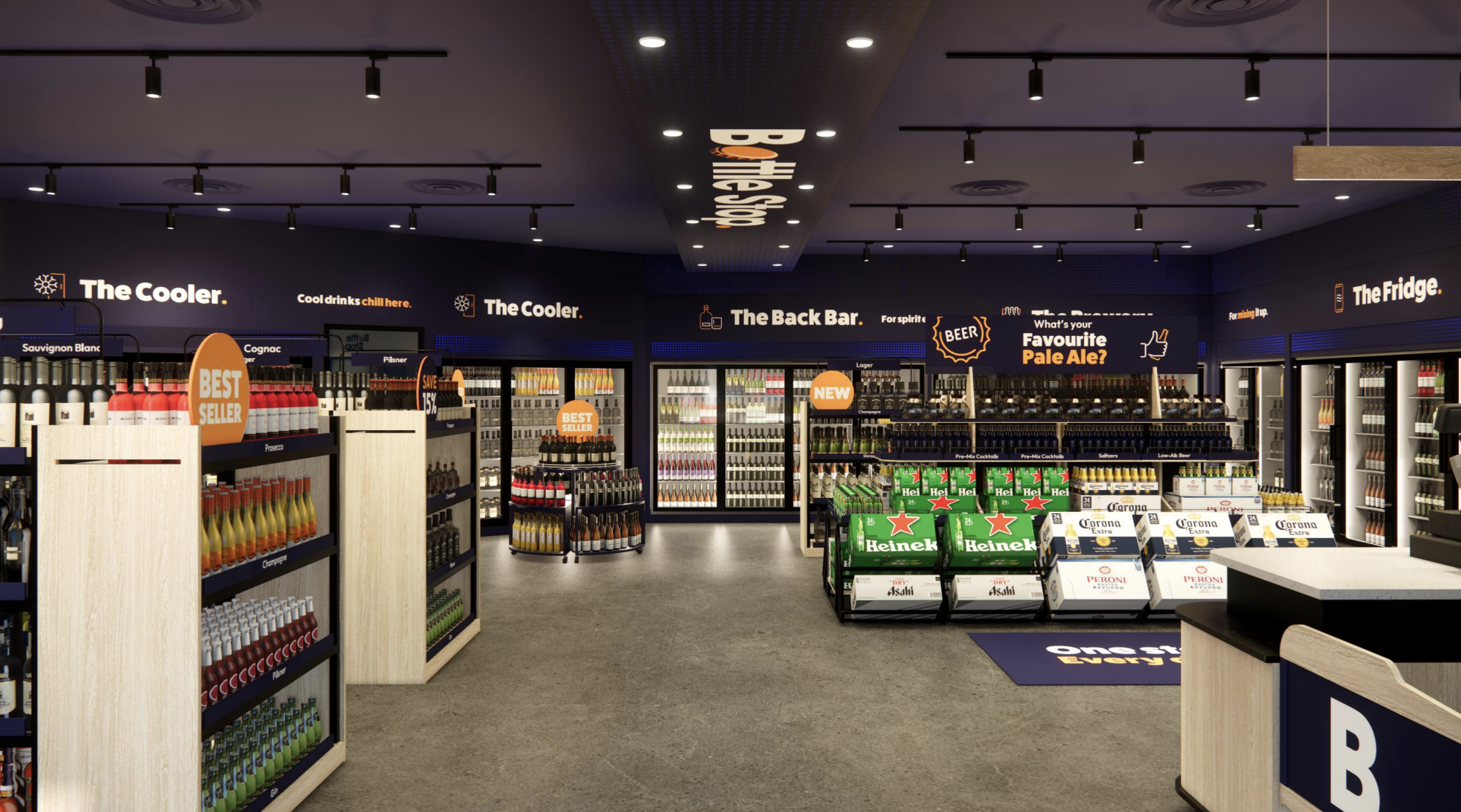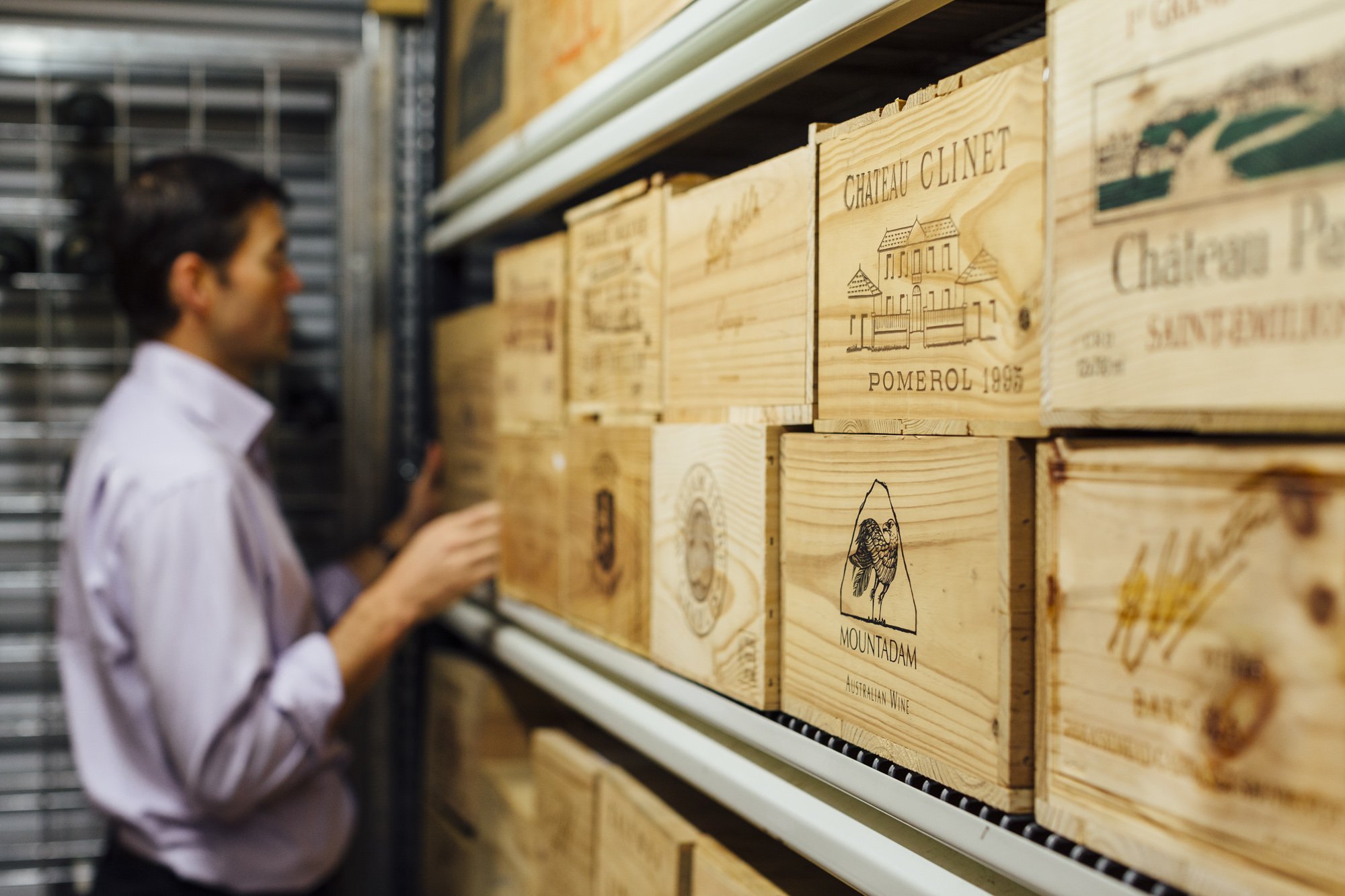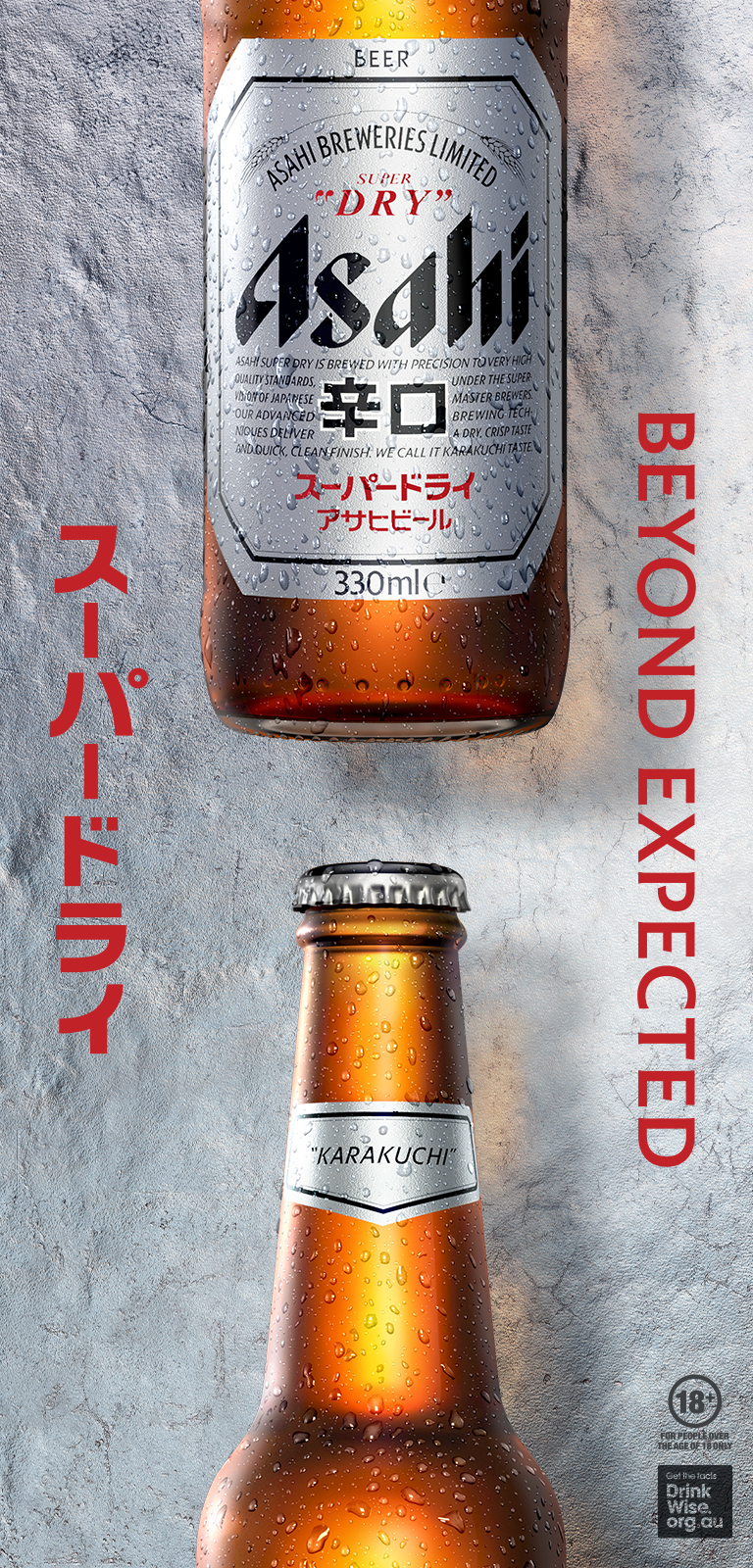China’s wine market, and Australia’s place in it, has received a lot of attention over the first half of this year, with many industry stakeholders trying to forecast the extent to which it would bounce back once tariffs were lifted. Drinks Trade has already reached out to Australian wine exporters to discuss how re-entry into China is going and how Chinese palates have changed, although it is yet to dive deeper into one of the lesser spoke about changes to Australian wine imports into China: the absence of ‘informal exporters.’
This was already a cause of concern for various industry stakeholders prior to the end of import tariffs. In March, Jeremy Oliver told Drinks Trade that “more than half what we were selling when we were selling that huge amount was sold via Chinese citizens seeking permanent residency in Australia and selling wine through their own networks back into China.
“These were called 'informal exporters,' but they actually accounted for well over half that trade. That’s not coming back anytime soon.”
Jeremy Oliver, one of Australia's leading wine critics, is in a unique position to comment on China’s wine market, having visited more than 65 times and published wine books in Mandarin specifically for the Chinese market.
Since then, and following the removal of tariffs on Australian wine imports into China, Château Tanunda’s Proprietor John Geber further explained to Drinks Trade the idea of informal exporters: “when everybody was getting permanent residencies in Australia and they were coming down there, if they could buy a product and export back for two years in a certain quota, they could actually get their Permanent Residency,” he said.
“These are wealthy guys who came to Australia, and they've invested three million or whatever they did, and they started a business. They had to deal with the government, they had to sell 300 or 600 grand a year, and what happened was they took these wines back to China, and they put it into their network.”
In March, John Geber was one of 30 South Australian wine industry delegates invited by Minister Clare Scriven to help rekindle relationships ahead of the lifting of tariffs on Australian wine imports.
“One guy I know is a cable manufacturer, he employs 10,000 or 15,000 people, and of course all his suppliers (the guys they work with) they sold the wine to. [This] was very good for Barossa because we had a lot of these guys doing it and so our tentacles were all connected with Chinese guys, we were putting it through their network.”
John Geber agrees with Jeremy Oliver that the informal exporters trade is unlikely to rebound to how it was just prior to tariffs.
“I think that slowed down dramatically, so that's where we are. It's going to be a different game,” he said.
In its place, Geber forecasts “a more serious distributor model… The Chinese market's become a lot more sophisticated than it was five/six years ago. The guys know their wine, they learn very quickly.”
Another factor affecting distribution of Australian wine imports into China is the current oversupply that is yet to fully abate since the last shipments pre-tariffs. Laurence Lau, Regional Director of Asia at Wakefield, the export name of Taylors, said that this is something he’s had to negotiate with his re-entry into the market.
“We have signed up a new partner and shipment will get ready in a month or so, but we're not that eager to get back as soon as possible because the market’s still got a lot of old stock which was stopped at the border like two years ago,” he said.
“The importers will try to dissolve it, deplete it in the first six months or so, if not one year. So, the price will go down first and then gradually [start] catching up as the new stock’s going in. There will be a price difference for old and new stock, and we are not really looking forward to compete in something like discounted old vintage.”
Jeremy Oliver added that “you can still find Australian wine in most Chinese wine lists, because we did sell a lot, and it was filling up a lot of big warehouses. The positions on most of the restaurant lists and the retail stores have been taken by other countries... It's going to take a tremendous amount of work for us to reclaim that space.”
While John Geber expects that Australian wine imports into China will “still have a container here and a container there, that sort of thing,” he believes that the path forward for Cháteau Tanunda will involve establishing strong distribution networks.
“I'm interested in getting a serious foothold, whether we joint venture or do a deal with someone who's got an avenue of distribution, who has shops and all that, that's what we're going to be targeting,” he said.
Wakefield’s Laurence Lau added, “we are looking at a healthy re-entry and we are introducing higher quality wines as to avoid direct competition with the rush.”
//
Interview: Jeremy Oliver explains how he hopes to reinvent online wine retail
Vinexpo Asia: Experts on China’s wine market give advice to Australian producers
Marketing to China: ways buying habits have changed since onset of tariffs
How have tariffs changed China’s wine industry and what does this mean for Aus?
Share the content
